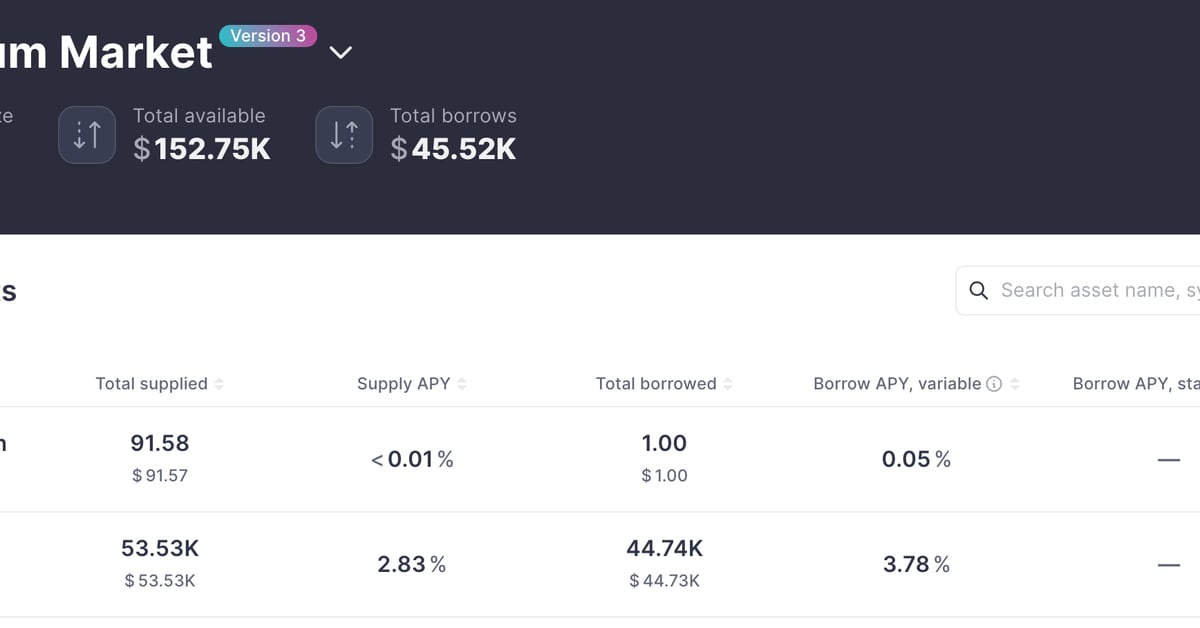The Spanish Central Bank, Banco de España, has recently announced a partnership with Cecabank, Abanca, and Adhara Blockchain to conduct trials for a Central Bank Digital Currency (CBDC). This move is part of a broader global trend of central banks exploring the potential of CBDCs as a new form of digital money.
Understanding the CBDC Concept
A CBDC is a digital form of a country’s fiat currency, issued and regulated by the central bank. It operates on a blockchain platform, ensuring secure and transparent transactions. CBDCs are designed to bring the benefits of digital currencies, like Bitcoin, into the regulated banking sector. They offer the potential for faster, cheaper, and more secure transactions, while also providing a new tool for monetary policy.
The Spanish CBDC Trial
The Spanish Central Bank’s partnership with Cecabank, Abanca, and Adhara Blockchain aims to explore the potential benefits and challenges of a CBDC. The trial will focus on interbank payments and securities settlement, two areas where blockchain technology could offer significant improvements.
- Cecabank: A wholesale bank providing services to Spanish financial institutions, Cecabank will bring its extensive banking experience to the trial.
- Abanca: As a retail bank, Abanca will provide insights into how a CBDC could impact everyday banking for individuals and businesses.
- Adhara Blockchain: A leading provider of enterprise blockchain solutions, Adhara will provide the blockchain platform for the trial.
Global Trends in CBDC Development
The Spanish Central Bank is not alone in its exploration of CBDCs. Central banks worldwide, including the European Central Bank, the Bank of England, and the People’s Bank of China, are conducting similar trials. According to a survey by the Bank for International Settlements, around 80% of central banks are currently engaged in some form of CBDC work.
Benefits and Challenges of CBDCs
CBDCs offer several potential benefits, including:
- Improved financial inclusion, as digital currencies can reach populations currently underserved by traditional banking.
- Increased transaction speed and reduced costs, particularly for cross-border payments.
- Enhanced security and transparency, thanks to the use of blockchain technology.
However, CBDCs also present several challenges, such as:
- The risk of cyber-attacks and digital currency theft.
- The potential for increased financial surveillance by governments.
- The need for significant changes to existing financial systems and regulations.
Conclusion: The Future of CBDCs
The partnership between the Spanish Central Bank, Cecabank, Abanca, and Adhara Blockchain represents a significant step forward in the exploration of CBDCs. While the potential benefits are significant, the challenges are also substantial. The outcome of this trial, and others like it around the world, will play a crucial role in shaping the future of digital currencies and the global financial system.
As the world continues to digitize, the development and implementation of CBDCs could revolutionize the way we conduct financial transactions. However, it is essential to approach this new frontier with caution, ensuring that the benefits outweigh the potential risks.










